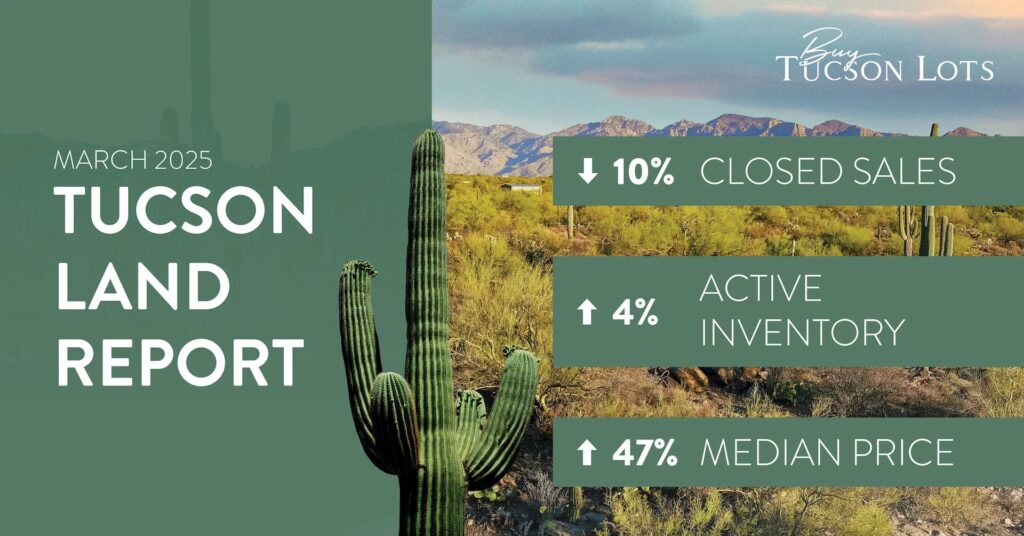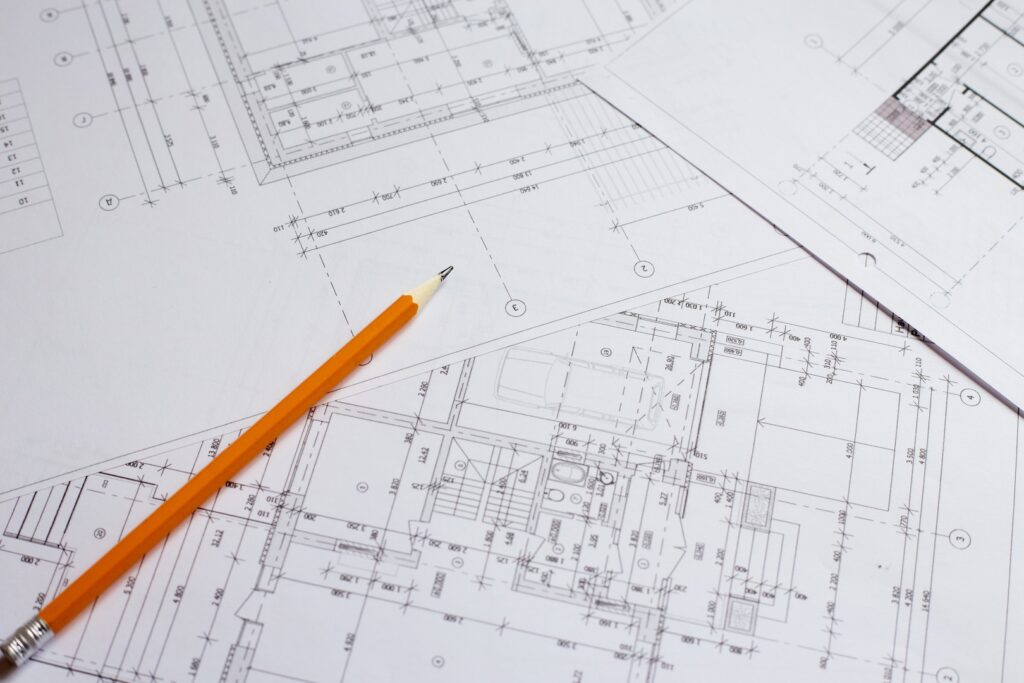With all the time and energy we put into designing a custom home to be built on a fantastic plot of land, there are many aspects that we spend a great deal of time contemplating. The type of flooring you want to add to your home, the position of the house on the land, and of course, the small details that make building the home of your dreams worth all the effort.
Once the home is built, it is not only physically but also financially difficult to make changes to your new house, yet so many builders find that there are things about their house they are not quite happy with. This happens most often because we don’t see the little things (and sometimes even the big things) when a house is first built. Worse still, a lack of fiscal planning to start with can result in costly mistakes down the line.
Thankfully, there are ways that a homeowner can prepare themselves ahead of a build and avoid some of the most common financial missteps that many make when building their homes.
In part one of this blog, the first key mistakes addressed included insufficient planning prior to beginning a build, overestimating the size a home should be, and not spending enough time paying close attention to the construction of the home with regular visits.
Here are four financial mistakes that home builders make and, more importantly, how to avoid them.
4. Assuming You’ll Never Sell It
When we put our heart and soul into creating something special that is made just for us, the thought of it ever belonging to someone else is difficult to cope with. When it comes to a house, however, it is wise to assume that there will be at least a chance that your family’s circumstances and needs will change over the years, and some of these changes will lead you to reconsider your house.
Whether it’s because we simply do not need the amount of space any longer or because it would be a financial benefit to live in another city, another home, or just to downsize, the time may come when selling your house is the right move.
Though it may be unthinkable to consider such circumstances now, do make that reality a part of your decision-making process when it comes to the design of your home. Unique and outrageous home additions may seem like a great idea for a home that you only you will live in, but if the time comes when you want to sell you will be grateful that you skipped adding that tube slide that brings you from your bedroom straight to your office.
5. Paying a Higher Mortgage Than Necessary
The bigger and more customized your home build is, the more expensive it is too. This can be the difference between making standard mortgage payments each month and making hefty ones. By skipping some of the extras and swapping ultra-modern luxuries in rooms like kitchens and bathrooms, you can keep your mortgage payment from growing too large. This can make a huge difference down the line, especially if you are at an age when you will be transitioning to a fixed income.
6. Not Building for the Area
You may have dreamed of building a Japanese-style pagoda house on your property, but if you are living in Southern Arizona and utilizing local builders and architects, you are likely going to stump your team and pay a lot of extra money to create the home of your dreams.
More importantly, home designs and styles are generally a reflection of the climate they are built in. Southern Arizona architecture has features that you won’t find in other homes, just as the homes in major cities all around the world have their own distinguishing characteristics. Many of these style decisions are based on the weather, which can wreak havoc on home that is not built with the local climate in mind.
Additionally, if you have purchased a property within an existing neighborhood or an HOA, there may be restrictions on the type of home you can build. This is done to maintain the aesthetic of the neighborhood and give the community a cohesive look. Going against these established community styles can be costly and may even result in legal action from the HOA.
7. Adding Now What Can Be Added Later
There are things that we simply cannot do after a house has been built unless we plan on breaking down walls and tackling a major reconstruction. Other types of home remodeling can be done without calling in a construction crew, and it is those types of add-ons that experienced home builders would recommend skipping during the initial build.
Not only will adding things like crown molding or a skylight add time to your home’s construction, you will also take on that expense in the form of a higher mortgage. Experts recommend tackling these types of additions after the build and once the family has had time to settle into the home.







